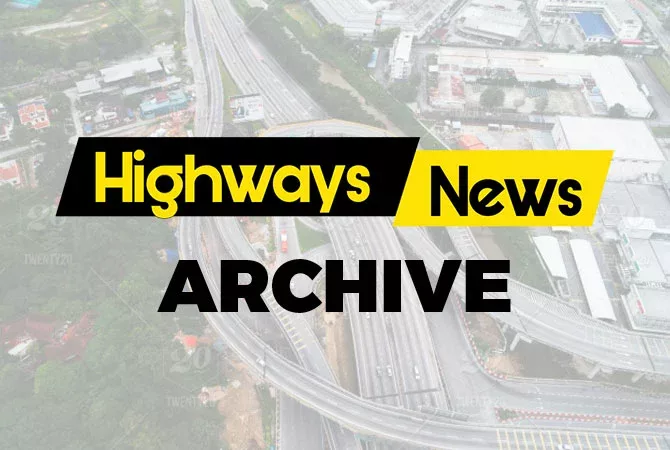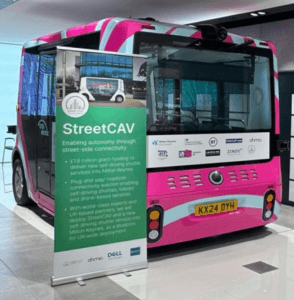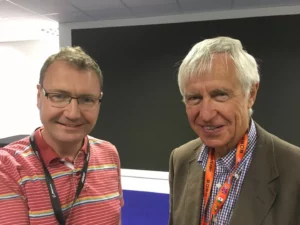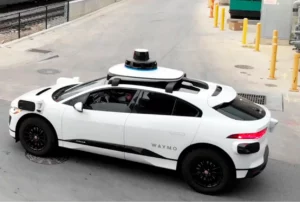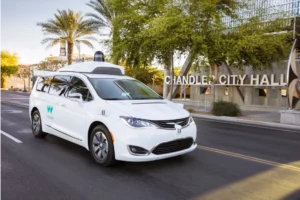The Oxford-based technology firm Oxbotica has announced it’s developed and deployed technology to teach driverless vehicles the “near infinite” variations of a single situation without it having to test in the real world.
It says it’s using “deepfake” technology that is capable of generating thousands of photo-realistic images in minutes, employing deep learning artificial intelligence to generate fake photo-realistic images.
Sophisticated deepfake algorithms allow the autonomous vehicle software firm to reproduce the same scene in poor weather or adverse conditions, and subject its vehicles to rare occurrences.
Oxbotica explains that the technology is so advanced that it can reverse road signage or “class switch”, where one object, such as a tree is replaced with another, for example a building. It can change the lighting of an image, to show a particular frame at a different time of the day or season of the year, all while ensuring shadows or reflections appear exactly as they should. It then uses these synthetic images to teach its software, producing thousands of accurately-labelled, true-to-life experiences and rehearsals which are not real but generated; even down to the rain drops on lenses.
Oxbotica believes this will make the “vehicles of tomorrow smarter and safer, and immediately accelerate the race to autonomy”.



